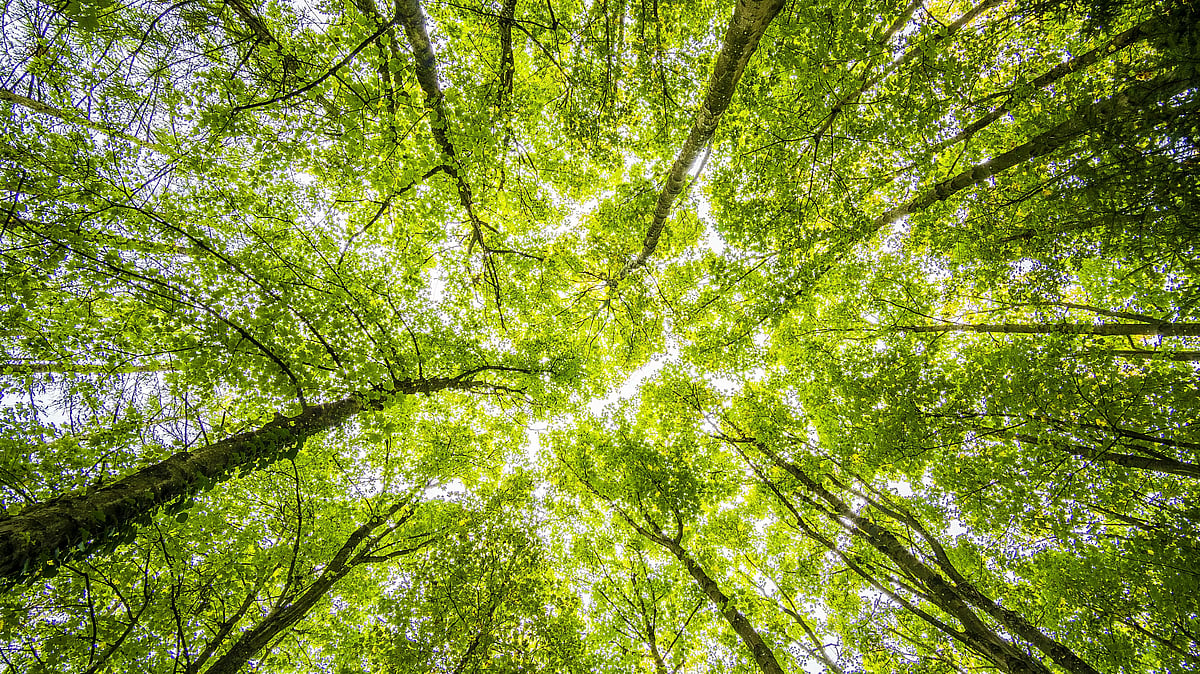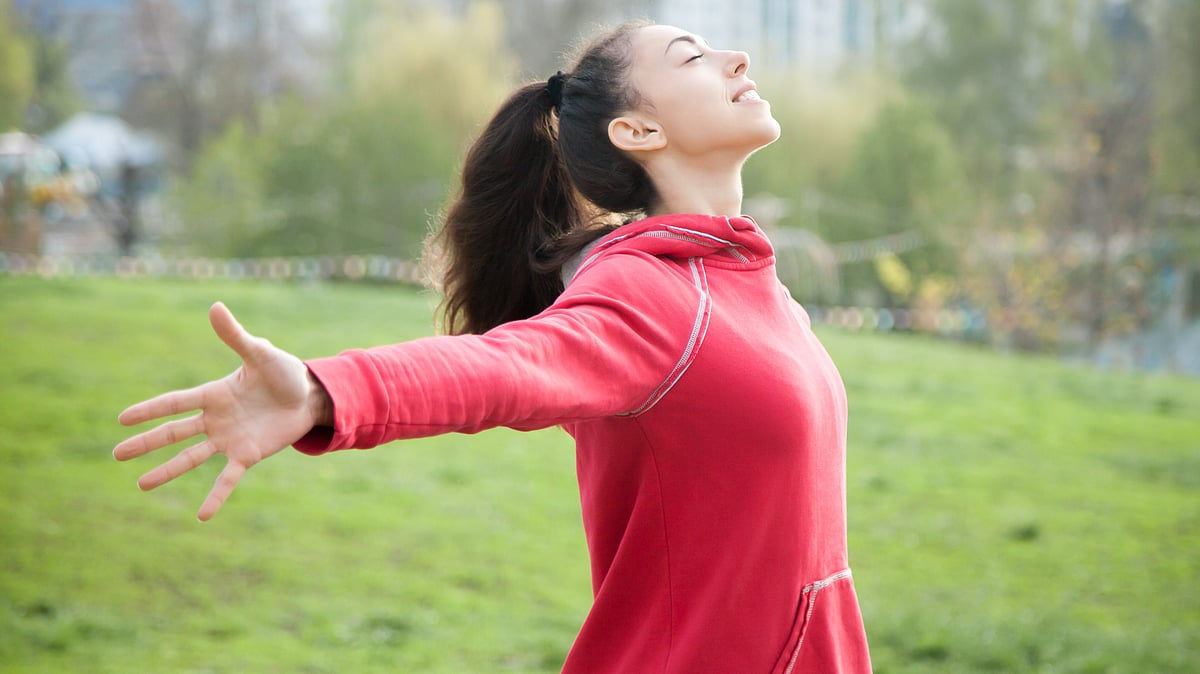The spinal cord is a long, fragile tubelike structure that begins at the end of the brain stem and continues down almost to the bottom of the spine. The spinal cord consists of nerves that carry incoming and outgoing messages between the brain and the rest of the body. It is also the center for reflexes, such as the knee jerk reflex. The spinal cord and its nerves facilitate communication between the body and the brain. Together, the brain and spinal cord make up the central nervous system. Like the brain, the spinal cord is covered by three layers of tissue (meninges). The spinal cord and meninges are contained in the spinal canal, which runs through the center of the spine. In most adults, the spine is composed of 33 individual back bones (vertebrae). Just as the skull protects the brain, vertebrae protect the spinal cord.
Spinal column is made up of a series of bones (vertebrae) stacked onto each other. From top to bottom, the column includes seven bones in the cervical spine, 12 in the thoracic spine, and five in the lumbar spine, followed by the sacrum and the coccyx at the base. These bones are cushioned by discs. The discs protect the bones by absorbing the shocks from daily activities like walking, lifting, and twisting.
The vertebrae are separated by discs made of cartilage, which act as cushions, reducing the forces generated by movements such as walking and jumping. The vertebrae and disks of cartilage extend the length of the spine and together form the vertebral column, also called the spinal column.
Slip disc is a phenomenon where disc materials between vertebra coming outwards and compress associate ligaments, nerve and other structures. It occurs when the outer ring becomes weak or torn and allows the inner portion to slip out. This can happen with age. Certain motions may also cause a slipped disc. A disc can slip out of place while you are twisting or turning to lift an object. Lifting a very large, heavy object can place great strain on the lower back, resulting in a slipped disc. If you have a very physically demanding job that requires a lot of lifting, you may be at increased risk for slipped discs.
Overweight individuals are also at increased risk for a slipped disc because their discs must support the additional weight. Weak muscles and a sedentary lifestyle may also contribute to the development of a slipped disc. As you get older, you are more likely to experience a slipped disc. This is because your discs begin to lose some of their protective water content as you age. As a result, they can slip more easily out of place.
You can have a slipped disc in any part of your spine, from your neck to your lower back. The lower back is one of the more common areas for slipped discs. Your spinal column is an intricate network of nerves and blood vessels. A slipped disc can place extra pressure on the nerves and muscles around it. Symptoms of a slipped disc include: Pain and numbness, most commonly on one side of the body, pain that extends to your arms or legs, pain that worsens at night or with certain movements, pain that worsens after standing or sitting, pain when walking short distances, unexplained muscle weakness, tingling, aching, or burning sensations in the affected area etc.
The types of pain can vary from person to person. An untreated, severe slipped disc can lead to permanent nerve damage. In very rare cases, a slipped disc can cut off nerve impulses to the nerves in your lower back and legs. If this occurs, you may lose bowel or bladder control.
Treatments for a slipped disc range from conservative to surgical. The treatment typically depends on the level of discomfort you’re experiencing and how far the disc has slipped out of place.
Most people can relieve slipped disc pain using an exercise program that stretches and strengthens the back and surrounding muscles. A physical therapist may recommend exercises that can strengthen your back while reducing your pain. Taking over-the-counter pain relievers and avoiding heavy lifting and painful positions can also help.
While it may be tempting to refrain from all physical activity while you’re experiencing the pain or discomfort of a slipped disc, this can lead to muscle weakness and joint stiffness. Instead, try to remain as active as possible through stretching or low-impact activities such as walking.
It may not be possible to prevent a slipped disc, but you can take steps to reduce your risk of developing a slipped disc. These steps include: Use safe lifting techniques: Bend and lift from your knees, not your waist. Maintain a healthy weight. Do not remain seated for long periods; get up and stretch periodically. Do exercises to strengthen the muscles in your back, legs, and abdomen.
How can you confirm if you have slip disc? Well, there are several ways we conform patients’ disc prolapse. Patient usually complain that the pain become worse in the early morning, coughing or sneezing aggravate pain on back, and testing straight leg raising while lying on back. In fact, you may assess by a physical therapist or a physician to conform about diagnosis. Usually, a physiotherapist or manipulative physiotherapy practitioner can assess accordingly. Besides, a lot of other manual therapy protocols are followed to relief pain and associated symptoms.
If you have slip disc - Take relative rest but not for long time, use pain free position while lying, avoid travelling and long walking, try not to lift object in bending position, use hot compression for 10 to 15 minutes in back, be careful during coughing or sneezing. Finally, to prevent your back pain or slip disc, do some exercises regularly or you may take suggestion from a physiotherapist about the type of exercise you can perform.
While yoga is very good to keep your body and spine flexible, there may be situations when you may be advised against it. However here are a few acupressure tricks that can help heal your slip disc situation.
Ayurvedic Acupressure has treatments for every vertebra and the same are given on www.artofselfhealing.in but general treatment is given below:



(I) Slip disc at L3, 4, 5 (Left side) Lt RF – 2nd Spr – 2, 4, 5 ↓, 3, 7, ↑ Lt IF – V Jt - 2, 4, 5 ↓, 3, 7, ↑
(ii) Slip disc at L3, 4, 5 (Right side) Lt RF – 2nd Spr – 2, 4, 5 ↓, 3, 7, ↑ Rt IF – V Jt - 2, 4, 5, 9 ↓, 3, 7, 0↑
(iii) Slip disc L 1, 2, D 12 (Right side) Lt RF – 3rd Spr. – 2, 4, 5 ↓, 3, 7, ↑ Rt IF – P Jt - 2, 4, 5, 9 ↓, 3, 7, 0↑
(vi) Slip disc L 1, 2, D 12 (Right side) Lt RF – 3rd Spr. – 2, 4, 5 ↓, 3, 7, ↑ Rt IF – P Jt - 2, 4, 5, 9 ↓, 3, 7, 0↑
(v) Slip disc at C 7, D 1, 2, (Left side) Lt RF – 7th Spr – 2, 4, 5 ↓, 3, 7, ↑ Lt RF – K Jt - 2, 4, 5, 9 ↓, 3, 7, 0↑
(vi) Slip disc at C 7, D 1, 2, (Right side) Lt RF – 7th Spr – 2, 4, 5 ↓, 3, 7, ↑ Rt RF – K Jt - 2, 4, 5, 9 ↓, 3, 7, 0↑
(vii) Slip disc at C4, 5, 6 (Left side) Lt RF – 8th Spr – 2, 4, 5 ↓, 3, 7, ↑ Lt SF – V Jt - 2, 4, 5, ↓, 3, 7,↑
(viii) Slip disc at C4, 5, 6 (Right side) Lt RF – 8th Spr – 2, 4, 5 ↓, 3, 7, ↑ Rt SF – V Jt - 2, 4, 5, 9 ↓, 3, 7, 0 ↑
(ix) Slip disc at C 1, 2, 3 (Left side) Lt RF – 9th Spr – 2, 4, 5 ↓, 3, 7, ↑ Lt SF –K Jt - 2, 4, 5, 9 ↓, 3, 7, 0 ↑
(x) Slip disc at C 1, 2, 3 (Right side) Lt RF – 9th Spr – 2, 4, 5 ↓, 3, 7, ↑ Rt SF –K Jt - 2, 4, 5, 9 ↓, 3, 7, 0 ↑
a) Slip Disc – RMM ∆∆ 2, 5, 6, 9 ↓, 1, 7, 0 ↑
b) Degenerative Lumbar Spine with Osteophytes
RMM ∆∆ 2 (Br) N flow – 4, 5, 9 ↓ 3, 6, 0 ↑
C Cervical Slip Disc at C 2 – C 3
RMM ∆∆ 9 (Br) N flow - 2, 5, 6, 9 ↓, 1, 7, 0 ↑
(The Free Press Journal along with the Lions Club of Mumbai ACTION would like to guide people on how to treat self through non-invasive, therapies like Sujok, Ayurvedic Acupressure and Mudra Yoga. This is complementary and will not override the treatment given by doctor. Please share your problems by writing to us at features@fpj.co.in; lionsclubofaction@gmail.com. You can also share the problem on WhatsApp at 9323178565.)










